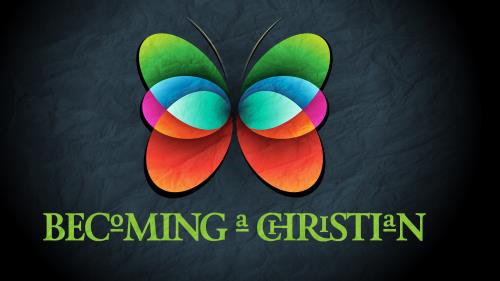-
The Hand That Pulls The Strings: Godfather Trilogy Series
Contributed by J John on Nov 28, 2017 (message contributor)
Summary: In 1972, a movie was released based on Mario Puzo’s novel, The Godfather. Thirty years on, Francis Ford Coppola’s film maintains its position as one of the most popular and critically acclaimed in cinematic history.
--note--
1972, Paramount
Director: Francis Ford Coppola
Starring: Marlon Brando, Al Pacino, Robert De Niro
- - - - -
In 1972, a movie was released based on Mario Puzo’s novel, The Godfather. Thirty years on, Francis Ford Coppola’s film maintains its position as one of the most popular and critically acclaimed in cinematic history. It won three Oscars: for best picture, best screenplay and best actor (although Marlon Brando refused to accept the award). The Godfather, along with its two sequels, The Godfather Part II (1974) and The Godfather Part III (1990), form the famous trilogy depicting the life of the Corleone family. It has become such a cultural icon that in the 1998 film You’ve Got Mail, Tom Hanks even suggests that the answers to all life’s questions can be found in The Godfather.
A Family within ’the Family’
The Corleones are not just any old family: they are deeply enmeshed in the underworld of organised crime. The Godfather is about Mafia Don, Vito Corleone, and the passing of the ’family business’ to one of his sons, Michael. This is an insightful study of violence, power and corruption, honour and obligation, justice and crime. In the opening scene of the film, the camera pulls back very slowly from the face of a man in Vito Corleone’s office, where he is regally and ruthlessly carrying on his business during his daughter’s wedding reception (being held in the compound of his home). In the low-lit office, Corleone is sitting behind his desk, while he lovingly and gently strokes the head of a cat perched on his lap. Although he moves stiffly, Corleone wields enormous, lethal power as he dispenses his own terrifying form of justice, determining who will be punished and who will be favoured.
The Godfather is also a film about family. It begins at a wedding, and Part I ends at a baptism. Part III ends with the family going to the opera. In between, the action is interspersed with scenes of weddings, funerals, pregnancies, illnesses, family dinners and family feuds.
This is the great paradox of The Godfather: on the one hand, it portrays the common life of a family, while on the other it shows the bizarre, sensational, violent life of ’the family’ (i.e. the Mafia).
Clip One: The Baptism Scene
Michael Corleone, Vito’s son, has agreed to become the godfather to his new nephew. The baptism scene that follows is one of the most memorable in cinematic history. In a beautiful Italian church, Michael and his wife Kay stand holding baby Michael, who is dressed in an ornate Christening gown. As the priest prepares the baby for baptism, he asks Michael a number of questions.
’Do you believe in the Father, the Son and the Holy Ghost?’ ’Do you renounce evil?’
’Yes’, he replies to each in turn, without batting an eyelid. There is no hint in his face as to what is happening elsewhere. But as the questions are being asked, we cut one by one to the brutal killing of six men, gunned down in cold blood on the orders of Corleone. The organ reaches its dramatic crescendo in the church as, elsewhere the guns fire and blood is spilled. The priest concludes the service with: ’Go in peace, and may the Lord be with you.’
Religion and Reality
It is never enough simply to mouth Christian platitudes. It is not enough to be baptised, married and buried in the Church. The Christian faith is all about transformed lives. The Godfather presents us with extreme examples of hypocrisy, but these all started in small ways somewhere earlier. It should make us ask whether we are riding along the same tracks of hypocrisy that led, ultimately, to the spectacular examples we see in the film.
The easiest person for you to deceive is yourself. There is always a danger that we separate what we say from what we do, which enables us to pretend to be something or someone we are not. So, mouthing religious platitudes does not guarantee us acceptance by Christ, his approval or a ticket to heaven. You might tell the hospital receptionist, for instance, that your religion is ’C of E’, but have you ever been along to your local church?
I once asked a man why he didn’t go to church, and he replied that he sent his wife along instead ’to keep up the insurance policy’. I pointed out to him the fact that God doesn’t issue joint policies. You need to believe in him for yourself.
Being religious does not in itself guarantee a relationship with God. Instead, friendship with God involves humility and honesty. After all, you don’t become a saint just by putting on Marks & Spencer underwear.
Who’s Pulling Your Strings?
The title scene of the film uses the same image that appears on the original cover of the novel. It depicts an arm reaching downwards, with its hand clasping a wooden crosspiece, to which strings are attached. This symbol points to the theme of both the novel and the film.

 Sermon Central
Sermon Central



